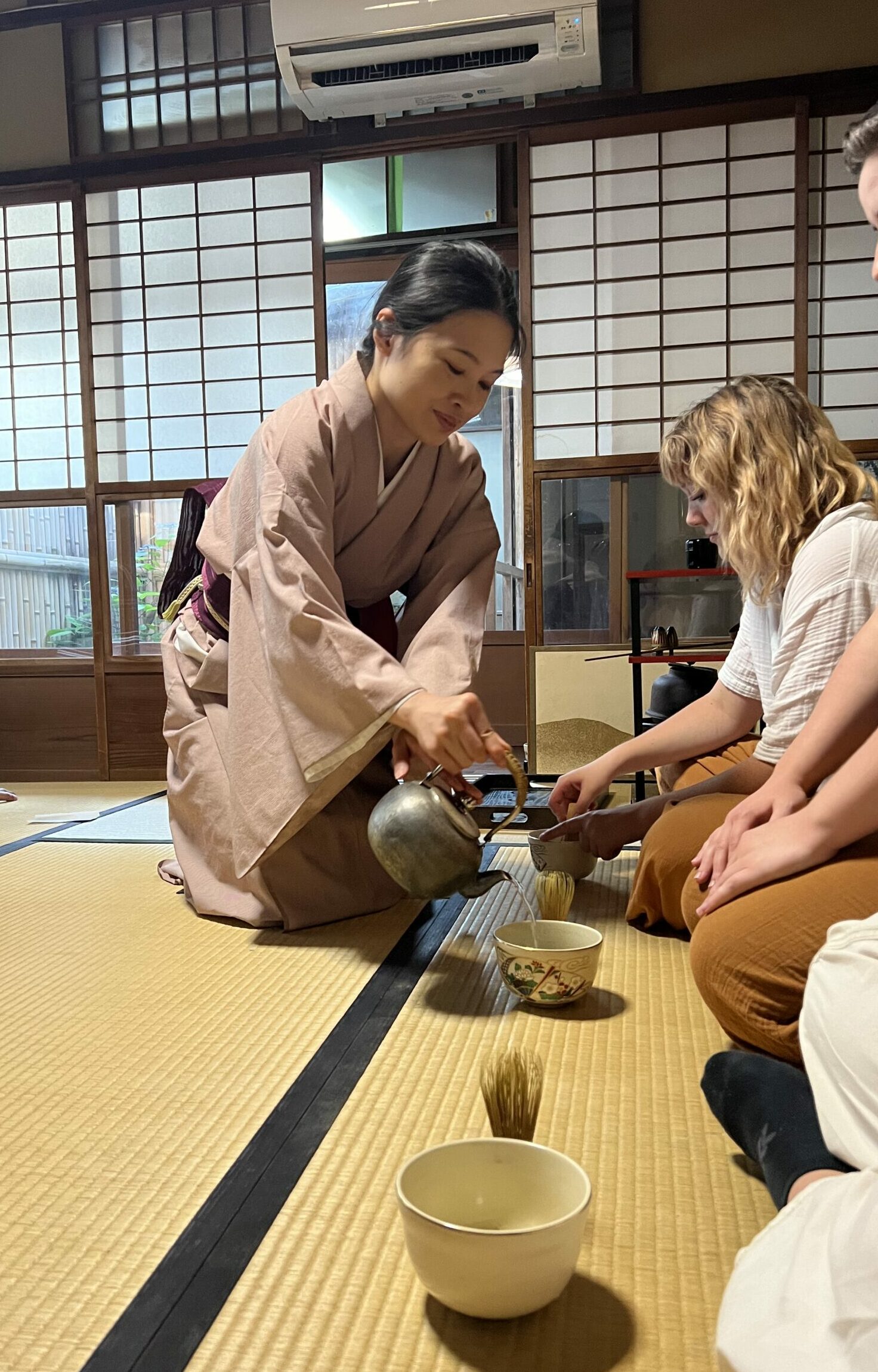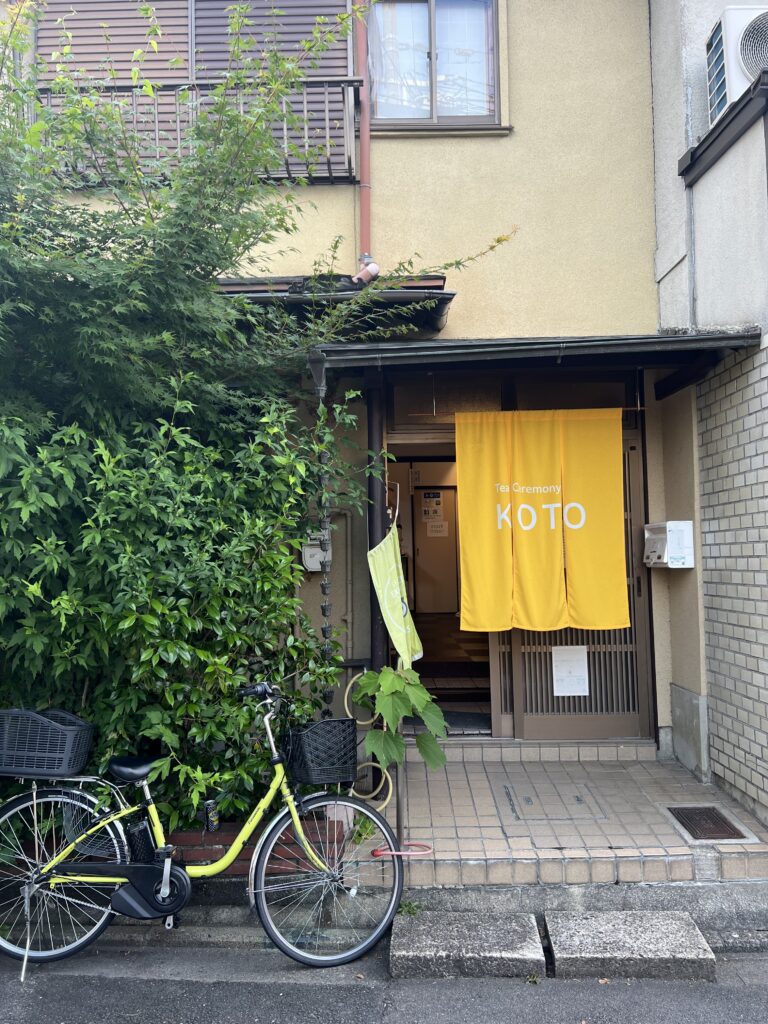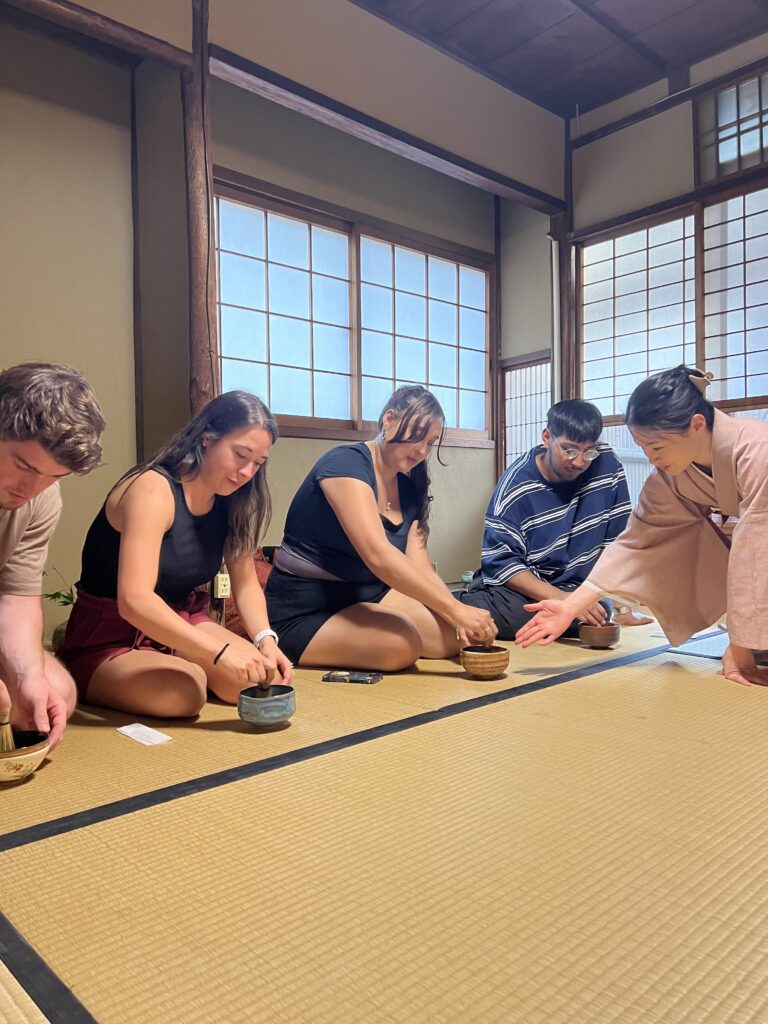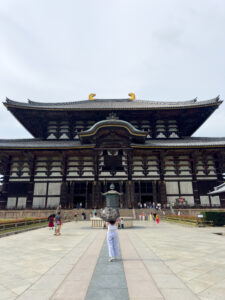
Kyoto, the ancient capital of Japan, is a world of tranquility and ritual. The centuries-old tradition of the tea ceremony thrives, offering residents and visitors alike a glimpse into Japanese culture and path towards inner peace.
The tea ceremony stretches back hundreds of years to the 9th century when tea first arrived in Japan from China. Tea was first used for its medicinal properties and to help monks prevent drowsiness during meditation. Gradually, tea evolved into a social beverage enjoyed by many people. The tea ceremony incorporated many elements of Zen philosophy and became an art form focusing on preparation, serving and consumption methods creating a distinct experience from everyday tea drinking.
More than just tea: the appeal of the ceremony
For many Japanese residents, the tea ceremony is a cherished hobby, social pastime and a lifelong pursuit for those seeking mastery. Aspiring tea masters dedicate years in specialized schools, patiently learning the intricate steps, precise preparation and underlying philosophy of the ceremony.
The tea ceremony serves several purposes that have contributed to its popularity and tradition. The ceremony emphasizes a slow and deliberate approach. Every step from preparing the tea to drinking it is done with focus and attention to detail. Learning the art of the tea ceremony requires dedication and practice. This cultivates a sense of accomplishment and discipline, two important factors that lead to life satisfaction.
It also fosters social connection and harmony. This is a way for people from different social classes to connect and build relationships. The focus on respect, courtesy and shared experience creates a harmonious environment that’s suitable for anyone to enjoy.
Lastly, the tea ceremony has been practiced in Japan for centuries and is considered a significant part of its cultural heritage. Participating in the ceremony connects people to their history and cultural identity.
The process unfolded
Every detail, from the whisking technique to the placement of utensils, holds significance and symbolizes something. Through the use of rustic teaware, natural settings and a collective appreciation for the present moment, participants can embody and practice mindfulness.

A recent visit by SJMC Japan students to a serene Kyoto teahouse offered first-hand experience of this captivating ritual. Upon entering, the calming aroma of the matcha filled the air. Everyone took a seat in a circle around the host on tatami flooring.

Before the tea ceremony began, tea master Rie Kuranaka dressed in a beautiful kimono presented a small piece of ginger candy to us. This simple act served a dual purpose: cleansing the palate for the delicate tea and, more symbolically, encouraging participants to let go of everyday concerns before entering the meditative space of the ceremony.
The ceremony itself unfolded with precision and grace. The host expertly explained the proper etiquette for accepting and drinking the tea. Before accepting a bowl, a guest would respectfully bow and utter three phrases: first, “I will join you” to the neighbor on the right, followed by “Excuse me for going before you” to the left, and lastly, a heartfelt “Thank you for the tea” to the host.
The first sip of the frothy tea was an awakening for the senses. The initial bitterness of the matcha gradually gave way to a subtle sweetness, mirroring the yin and yang of life. The correct way to consume tea is to drink it in three sips or less followed by a light slurp signifying appreciation to the host.
Each utensil from the bamboo whisk to the beautifully painted bowls was handled with care. The rhythmic whisking of the matcha and the gentle pouring of the hot water, created a mesmerizing harmony.
A sanctuary in the modern world
The enduring popularity of the tea ceremony extends beyond the pursuit of mastery. For many Kyoto residents, it’s a way of life, a chance to connect with friends, family and even strangers within the calming space of a teahouse. In the modern world’s constant rush, the tea ceremony offers a sanctuary, a chance to slow down and appreciate the beauty in simplicity, and find solace in the present moment.
Leaving the teahouse is a profound reminder of mindfulness. The ritual of the tea ceremony transcends the meaning of tea into a journey of appreciation for the present moment – a valuable lesson that resonates long after the last sip.







